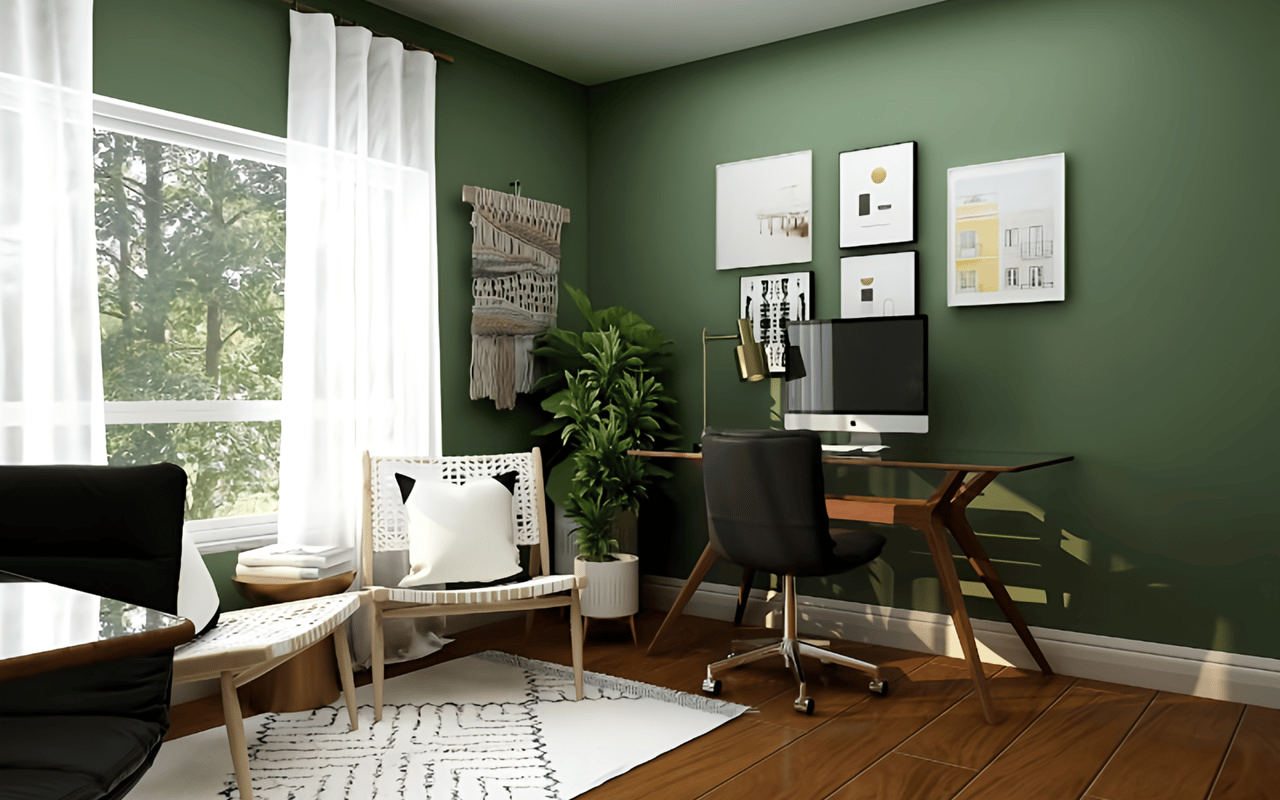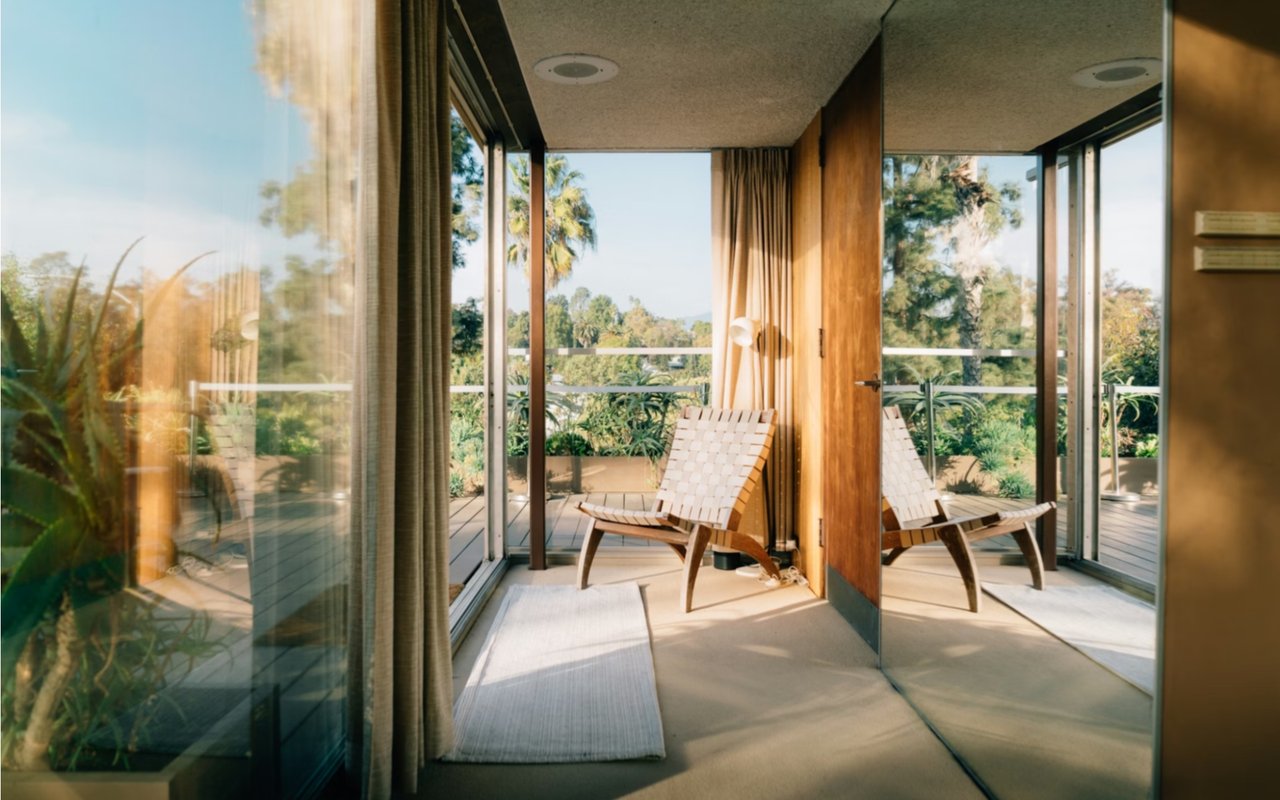Establishing a functional and inspiring home office is more crucial than ever in today's professional landscape. A well-designed workspace can significantly impact focus, efficiency, and overall well-being. This guide offers essential home office design tips, focusing on creating an environment that fosters productivity and supports your professional endeavors.
Practical home office design principles extend beyond mere aesthetics; they encompass ergonomics, lighting, and organization. Whether you are carving out a dedicated room or integrating a workstation into a living area, optimizing your environment is key. These elements combine to create a space that supports long hours of concentration and minimizes potential distractions.
Choose the Right Location
Selecting the correct location for your home office is the first step in designing a space that works for you. Ideally, your office should be in a quiet area of your home, away from high-traffic zones and distractions. If possible, choose a room with a door that can be closed to minimize noise and interruptions. Natural light is another critical consideration, as it can boost mood and productivity. If a window is available, position your desk to take advantage of the light while avoiding glare on your computer screen.
Invest in Ergonomic Furniture
Ergonomic furniture is essential for maintaining comfort and preventing strain during long work hours. Start with a high-quality office chair with adjustable height, lumbar support, and armrests. Your desk should be at a height that allows you to work comfortably without hunching over. Consider a sit-stand desk if you prefer the flexibility to change positions throughout the day. Additionally, ensure your computer monitor is at eye level to reduce neck strain.
Optimize Lighting
Proper lighting reduces eye strain and creates a pleasant work environment. In addition to natural light, incorporate ambient and task lighting. Overhead lights provide general illumination, while desk lamps offer focused light for specific tasks. Choose LED bulbs with adjustable brightness and color temperature to customize the lighting to your needs. Avoid harsh lighting that can cause glare, and consider using a dimmer switch to control the intensity.
Organize with Storage Solutions
A clutter-free workspace enhances focus and efficiency. Invest in storage solutions that keep your office organized and tidy. Shelving units, filing cabinets, and storage boxes can help you neatly store documents, supplies, and equipment. Use desk organizers to keep everyday items within reach without cluttering your workspace. Labeling storage containers can also make it easier to find what you need quickly, saving you time and frustration.
Personalize Your Space
Personalizing your home office can make it a more enjoyable and motivating workplace. Incorporate elements that reflect your personality and style, such as artwork, plants, or decorative objects. A vision board or motivational quotes can inspire creativity and keep you focused on your goals. However, be mindful not to overcrowd your space with too many personal items, which can lead to distraction.
Incorporate Technology Wisely
Technology is a vital component of any modern home office. Ensure that your workspace has the necessary technology to support your work. This may include a reliable computer, high-speed internet, and a printer or scanner. Use cable management solutions to keep cords organized and out of sight. Consider investing in noise-canceling headphones or a quality microphone for virtual meetings to enhance communication and reduce background noise.
Maintain a Healthy Environment
A healthy work environment contributes to overall well-being and productivity. Ensure proper ventilation and air quality by opening windows or using air purifiers. Incorporate plants into your office design, as they can improve air quality and add a touch of nature. Pay attention to ergonomics by taking regular breaks to stretch and move around. A small water station or healthy snacks within reach can also encourage you to stay hydrated and nourished throughout the day.
Create a Functional Layout
The layout of your home office should facilitate workflow and accessibility. Arrange furniture and equipment to support your work habits and minimize unnecessary movement. Keep frequently used items within arm's reach, and create designated zones for different tasks, such as a reading area or a space for brainstorming. A well-thought-out layout can enhance efficiency and make your workspace more enjoyable.
Consider Acoustics
Acoustics play a significant role in creating a productive home office environment, and soundproofing your office can help reduce noise distractions and create a more focused atmosphere. Consider using rugs, curtains, or acoustic panels to absorb sound and minimize echo. If complete soundproofing is impossible, white noise machines or background music can help mask unwanted sounds and improve concentration.
Plan for Future Needs
As your work evolves, your home office should be adaptable to accommodate future needs. Consider flexible design elements that can be easily adjusted or expanded. Modular furniture, adjustable shelving, and multi-purpose storage solutions can provide versatility as your requirements change. Planning for future needs ensures that your home office remains functional and relevant, supporting your work for years.
Transform Your Home Office Today
Creating the perfect home office is all about blending functionality with personal style. With these essential design tips, you can craft a workspace that boosts productivity and comfort. Whether you're in the heart of the city or nestled in the suburbs, a well-arranged office can make all the difference. For more personalized advice and to explore real estate options in your area, contact Hameline Global. Let us help you find the ideal space for your home office needs.




